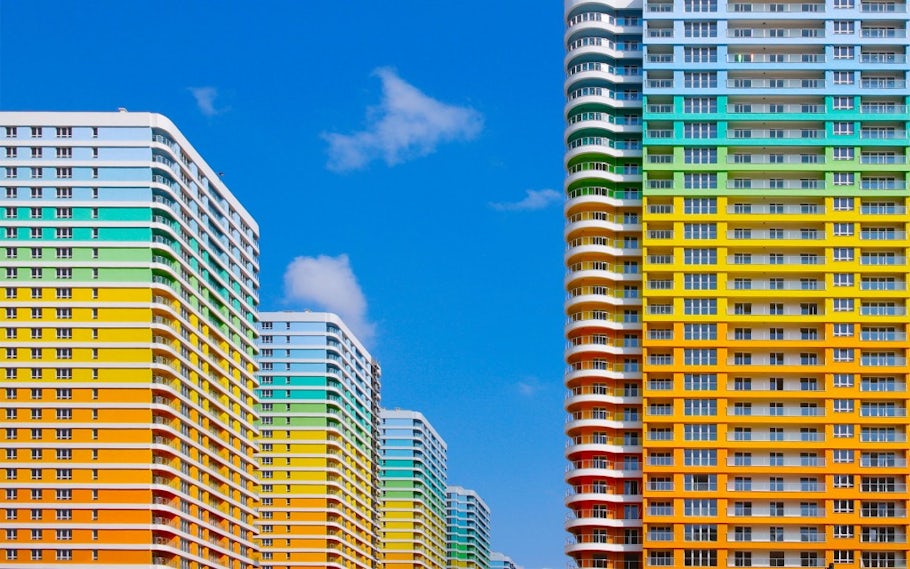This feature has been created in collaboration with urbanNext, a multi-platform aimed at developing, disseminating and distributing content centered on architecture through a focus on the contemporary human milieu and its challenges. Architizer features a weekly discussion from urbanNext’s journals to support its investigation of urban conditions and innovations facing the architectural profession today.
“The way that we live … goes much further than buildings,” says architect Pedro Rivera in an interview with urbanNext. “How do we eat in a city? How do we supply food? I think this is architecture, it’s to think about how we feed ourselves, how we feed our environment.” The Brazilian architect, who is a founding principal at Rua Arquitetos in Rio de Janeiro, is of the belief that architects are not only responsible for building structures — they are also responsible for “designing systems,” systems that consider elements beyond what we need to live and support how we experience life.
Rivera, who is also the director of Columbia University’s global think tank for urban design Studio-X Rio, is motivated in his practice as an observer of urban anthropology. Citing the significant inequality he identifies in his home country, Rivera sees there is big room for improvement in the state’s effort to unify the infrastructure of Brazil’s cities, particularly for those who occupy its informal zones, the favelas.

Still from the 2002 Brazilian film “Cidade de Deus” (“City of God”), which is set in the favelas of Rio. “It was the moment when the favela started to gain a little bit more publicity,” says Rivera of the film’s wide reception.
“Nowadays we have a big housing program that we didn’t have before … which is Minha Casa Minha Vida, ‘my house my life’ … which addresses the need for shelter but [does] not address the need to access the city,” he explains. For Rivera, this large-scale housing program fails to consider the experiential aspects of life, those that make it unique, unpredictable and ever-evolving.


Top: image of Alejandro Aravena’s half housing project, ‘Quinta Monroy’ in Iquique, Chile; bottom: image of a home developed for PREVI in Lima, Peru, photo © Cristobal Palma
Rivera identifies that in order to provide citizens with a strong foundation for life to evolve around them, large-scale projects should hold “the capacity to improve on time.” Citing the work of Alejandro Aravena with his ‘Half House’ project or an even earlier attempt at flexible public housing in Peru — the modernist initiative PREVI — Rivera insists the precedents for this kind of programming have already been tested. “We’re not talking here about … the newest thing of the world. No, we are talking about something that we know, that we have literature [for], that we have research about, so why not [do] this?”
Words by Joanna Kloppenburg
This interview was created for urbanNext’s journal Expanding Design Practices. Read more from the journal on the urbanNext website.
In collaboration with:










